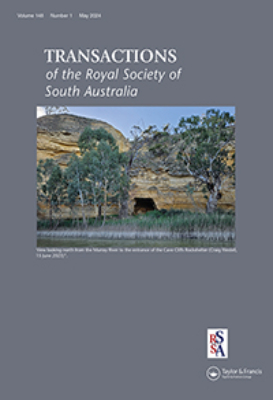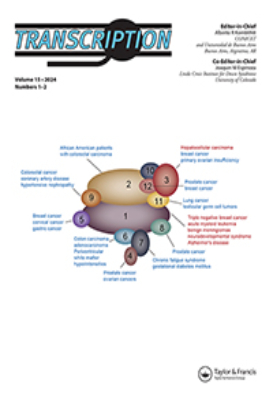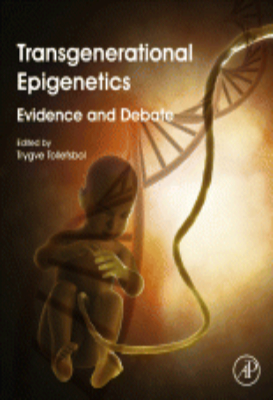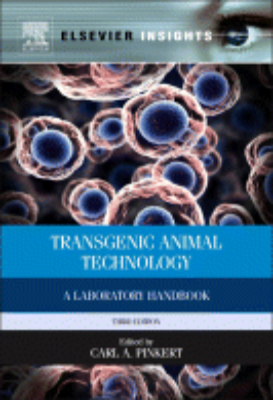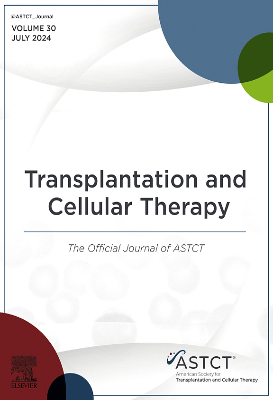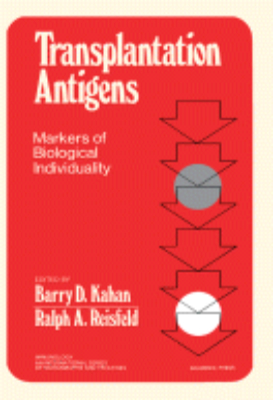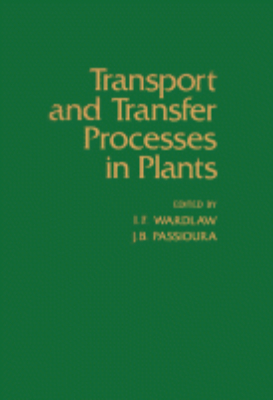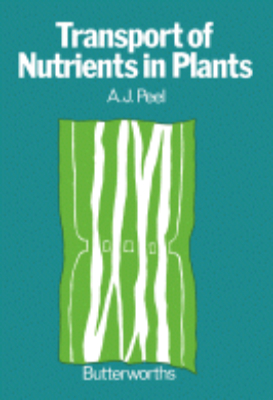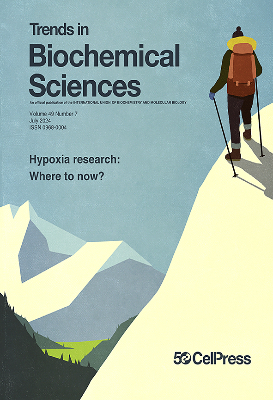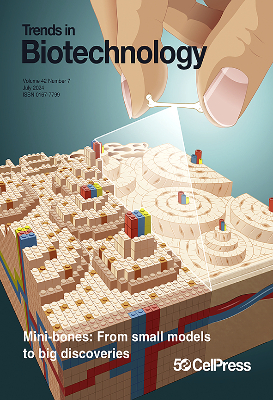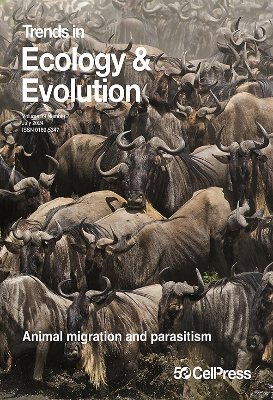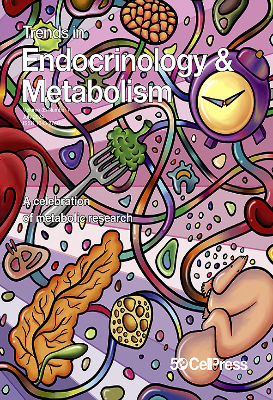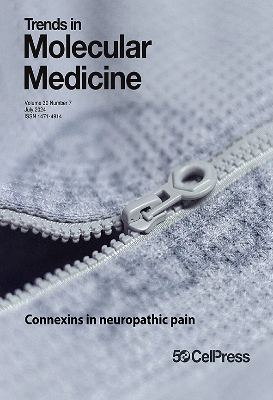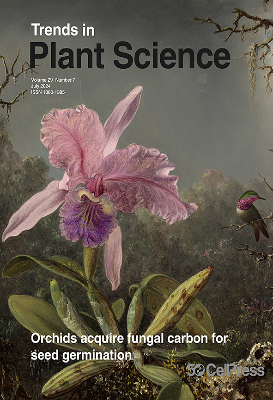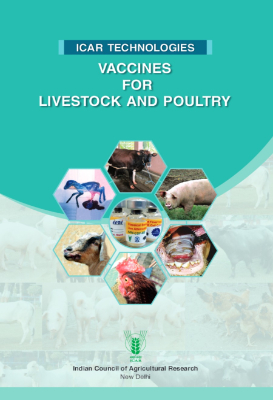E-Resources
Transgenerational Epigenetics
Transgenerational Epigenetics provides a comprehensive analysis of the inheritance of epigenetic phenomena between generations. Recent research points to the existence of biological phenomena that are controlled not through gene mutations, but rather through reversible and heritable epigenetic processes. Epidemiological studies have suggested that environmental factors may be heritable. In fact, environmental factors often play a role in transgenerational epigenetics, which may have selective or adverse effects on the offspring. This epigenetic information can be transferred through a number of mechanisms including DNA methylation, histone modifications or RNA and the effects can persist for multiple generations. This book examines the evolution of epigenetic inheritance, its expression in animal and plant models, and how human diseases, such as metabolic disorders and cardiovascular diseases, appear to be affected by transgenerational epigenetic inheritance. It discusses clinical interventions in transgenerational epigenetic inheritance that may be on the horizon to help prevent diseases before the offspring are born, or to reduce the severity of diseases at the very earliest stages of development in utero, and current controversies in this area of study, as well as future directions for research.
Transgenic Animal Technology: 1994
"Transgenic animal technologies and the ability to introduce functional genes into animals have revolutionized our ability to address complex biomedical and biological questions, as well as to make practical applications to production agriculture. This well-illustrated handbook covers the technical aspects of gene transfer in animals--from molecular methods to whole animal considerations--for the important laboratory and domestic animal species. It describes methodologies as employed by leading laboratories and is a key resource for researchers, as well as a tool for training technicians and students. Key Features. Contains a comprehensive collection of transgenic animal and gene transfer methods. Discusses background and introduction to techniques and animal systems. Teaches practical step-by-step protocols. Describes mouse model systems. Covers laboratory and domestic animal species. Illustrated with diagrams and photographs. Includes useful tables and charts"
Transgenic Animal Technology: Second Edition 2003
"A transgenic animal is one that is genetically modified to carry genes from another species. Transgenic species can be raised to carry potentially useful genes from a variety of species. While the topics of genetic engineering and cloning are controversial, the reality is that these technologies offer tremendous benefits to society - from offering a framework for developing and screening medical therapies, to enhancing the safety and nutrition of the food we eat. One potential application of research into transgenic animal technology is the creation of domestic animals genetically designed to express a certain human disease and therefore serve as models for the study and treatment of human illnesses. Although many mouse models of human diseases are available today, such models in large domestic animals physiologically more similar to humans are sparse and critically needed. Further research in this field will undoubtedly uncover many more direct and indirect benefits of this technology. Transgenic animal technologies and the ability to introduce functional genes into animals have revolutionized our ability to address complex biomedical and biological questions. This well-illustrated handbook covers the technical aspects of gene transfer from molecular methods to whole animal considerations for important laboratory and domestic animal species. It describes methodologies as employed by leading laboratories and is a key resource for researchers, as well as a tool for training technicians and students. This second edition incorporates updates on a variety of genetic engineering technologies ranging from microinjection and ES cell transfer to nuclear transfer in a broad range of animal modeling systems. Key Features. Contains a comprehensive collection of transgenic animal and gene transfer methods. Discusses background and introduction to techniques and animal systems. Teaches practical step-by-step protocols. New section on analysis"
Transgenic Animal Technology: Third Edition 2014
"Transgenic animal technologies and the ability to introduce functional genes into animals have revolutionized our ability to address complex biomedical and biological questions. This well-illustrated handbook covers the technical aspects of gene transfer from molecular methods to whole animal considerations for important laboratory and domestic animal species. It describes methodologies as employed by leading laboratories and is a key resource for researchers, as well as a tool for training technicians and students. This second edition incorporates updates on a variety of genetic engineering technologies ranging from microinjection and ES cell transfer to nuclear transfer in a broad range of animal modeling systems. Key Features. Contains a comprehensive collection of transgenic animal and gene transfer methods. Discusses background and introduction to techniques and animal systems. Teaches practical step-by-step protocols. Fully revised with updates to reflect state-of-the-art technology and associated changes to date"
Transgenic Plants: Volume 1 1993
Volumes 1 and 2 ofTransgenic Plantsassemble important information on transgenic crops which has appeared scattered in many different publications. These two volumes are a significant milestone in plant/agricultural biology, promote the practical application of recombinant DNA technology, and assist in transforming the agricultural industry.
Transgenic Plants: Volume 2 1993
Volumes 1 and 2 of Transgenic Plants assemble important information on transgenic crops which has appeared scattered in many different publications. These two volumes are a significant milestone in plant/agricultural biology, promote the practical application of recombinant DNA technology, and assist in transforming the agricultural industry.
Transplantation Antigens
Transplantation Antigens: Markers of Biological Individuality investigates transplantation antigens and their function as markers of biological individuality. Topics covered include transplantation antigens of the human fetus, trophoblast, and spermatozoa; tissue distribution and cellular location of transplantation antigens; and serologic identification of human transplantation antigens. The biological significance of cross-reactions between histocompatibility antigens and antigens of bacterial and/or heterologous mammalian origin is also examined. This book is comprised of 25 chapters and begins with an introduction to the phylogeny of transplantation reactivity, followed by a discussion on the appearance of transplantation antigens in the embryo and fetus and the ways in which these antigens interact with or are masked from the immunocytes of the pregnant female. The next chapter analyzes the data on the detection of transplantation antigens on human fetal cells, cells of trophoblastic origin, and spermatozoa. The intracellular distribution of transplantation antigens is also considered, along with the extraction of membranous transplantation antigens by pressure homogenization; the molecular nature of HL-A antigens; and solubilization of histocompatibility antigens with detergents. This monograph will appeal to biologists, physiologists, immunologists, and clinicians.
Transport and Transfer Process in Plants
Transport and Transfer Processes in Plants presents the proceedings of a symposium held in Canberra, Australia, in December 1975 under the auspices of the U.S.-Australia Agreement for Scientific and Technical Cooperation. It explores how organic materials and nutrients are distributed in plants and how plants are influenced by the interactions between various forms of both long- and short-distance transport. The book also considers how environmental factors regulate plant growth, how nutrients may be used in a more efficient manner, and how plants acquire disease. Divided into three parts encompassing 39 chapters, this book begins with an overview of the mechanisms underlying transport and distribution in plants; the effect of phloem capacity on plant growth and development; and short-distance transfer. It then introduces the reader to plasmodesmata and symplastic transport; how flow affects solute transport in plants; cytoplasmic streaming in characean algae; occurrence and function of transfer cells; movement of solutes from host to parasite in nematode infected roots; and nutrient uptake by roots and transport to the xylem. The book also discusses symplasmic transport and ion release to the xylem; regulation of nutrient uptake by cells and roots; transfer of ions and products of photosynthesis to guard cells; and vascular patterns in higher plants. It considers histochemical approaches to water-soluble compounds and their use in addressing problems of translocation; long-distance movement of tobacco mosaic virus in Nicotiana glutinosa; the influence of stomatal behavior on long-distance transport; and water transport through plants. This book will be a valuable resource for scientists, students, and researchers.
Transport of Nutrients in Plants
Transport of Nutrients in Plants provides the study of nutrient movement in plants. The greater part of this book deals with the physiology and cytology of phloem. The first chapter of the text deals with studies on the definition of the cellular pathways of transport. Chapter 2 considers how the mobility of solutes can be measured and the range of chemical species which are moved in xylem and phloem. The next chapter discusses the concepts of velocity and rate. The rest of the book is devoted to the characteristics of phloem transport and the ultrastructure of sieve elements, including such topics as the control of movement, solute-loading and -unloading mechanisms, the dependence of transport upon metabolic energy, bidirectional movement and water movement in phloem. Finally an account is given of the movement of endogenous growth regulators and a brief assessment of 'hormone-directed' transport. Botanists will find the book very interesting and informative.
Tropical Plant Types
Tropical Plant Types is a textbook dealing with bacteria and flowering plants of the tropics. It can be used along with books in tropical biology. The book first examines the simpler plant types known as unicellular or those consisting of a thallus. These organisms are the algae, fungi, lichens, bacteria, and some viruses. The text then describes the Bryophyta, the Pteridophyta, and the Spermatophyta. Compared to the others, the Spermatophyta or seed plants grow in wider range of territories and are the dominant land flora. The book then discusses the morphology of the Spermatophyta and their successful characteristics of survival. The book also analyzes the different plant parts, such as the root, the stem, the leaf, and the flower. A couple of chapters discuss pollination, fertilization, and the dispersal of seeds and fruits. The book then gives examples of tropical flower types, with some details on their distribution and morphology. The text also discusses perennial flowering plants, vegetation types, and plant communities found in tropical rain forests, in monsoon forests, and in the drier regions of the earth. The selection can serve as a textbook for pupils nearing the completion of their secondary education, freshmen university students, and for those who need to meet the requirements of the Cambridge Overseas Advanced Level Biology Examination.
Tumor Specific Transplantation Antigen
Tumor Specific Transplantation Antigen reviews the theories, methods, and experimental findings in the field of immunobiology of tumors with particular focus on the tumor antigen responsible for transplantation resistance. The monograph presents discussions on the methods of induction of antitumor immunity; methods of detection of antitumor immunity; virus-induced tumors; the characteristics of TSTA; tumor growth and development of immunity; and the theoretical and practical possibilities of the presence of transplantation immunity against tumors in man. Oncologists, cell biologists, immunobiologists, and medical researchers will find the book invaluable.
Vaccines for Livestock and Poultry
Livestock sector is a key subsector of the Indian agriculture. It is an important
livelihood source for farmers, supporting agriculture and contributing to
the health and nutritional security of the household as well as supplementing
incomes with employment opportunities. It is emerging as an important growth
engine of the Indian economy and has registered a growth of 6.1% per annum.
The most effective way to increase livestock productivity and minimize
losses from disease morbidity and mortality is by monitoring health, and
diagnosis and control of diseases by using effective vaccines. The R & D work
on veterinary biologicals in the country has led to successful eradication of three
important diseases viz, rinderpest, African horse sickness and contagious bovine
pleuropneumonia from the country.
Control of several bacterial and viral diseases of cattle and buffaloes (FMD,
HS, BQ, anthrax), sheep and goats (PPR, sheeppox, goatpox, enterotoxaemia),
pigs (classical swine fever) and poultry (Newcastle disease, infectious bursal
disease, avian influenza, infectious bronchitis) is being done through the use of
prophylactic vaccines developed by Animal Science Institutes of ICAR. Biologicals
developed have been transferred to various commercial manufacturers and state
biological production units to ensure adequate supply in the country.
The Animal Science Institutes of the Council are continuously toiling to
develop better, apt and effective vaccines for livestock and poultry diseases and
to improve and refine the current ones in the light of epidemiological findings
and contemporary advancement in technology. This is evident from the list of
vaccines compiled in this document that includes a sub-viral particle-based
recombinant vaccine. Efforts are also going on for the development of DIVAcapable marker vaccines, combined vaccines and thermo-stable vaccines.
I am confident that this informative compilation of vaccine technologies
developed by the ICAR will help all those engaged in animal health management
and disease control in the country.

